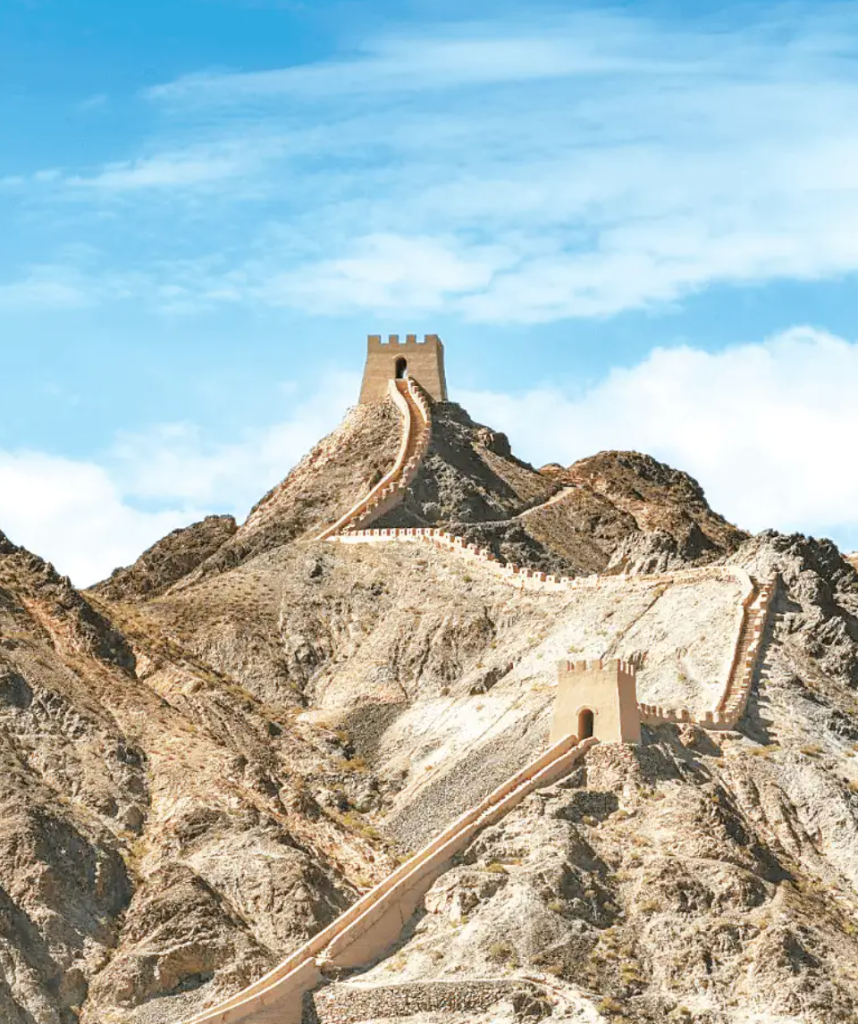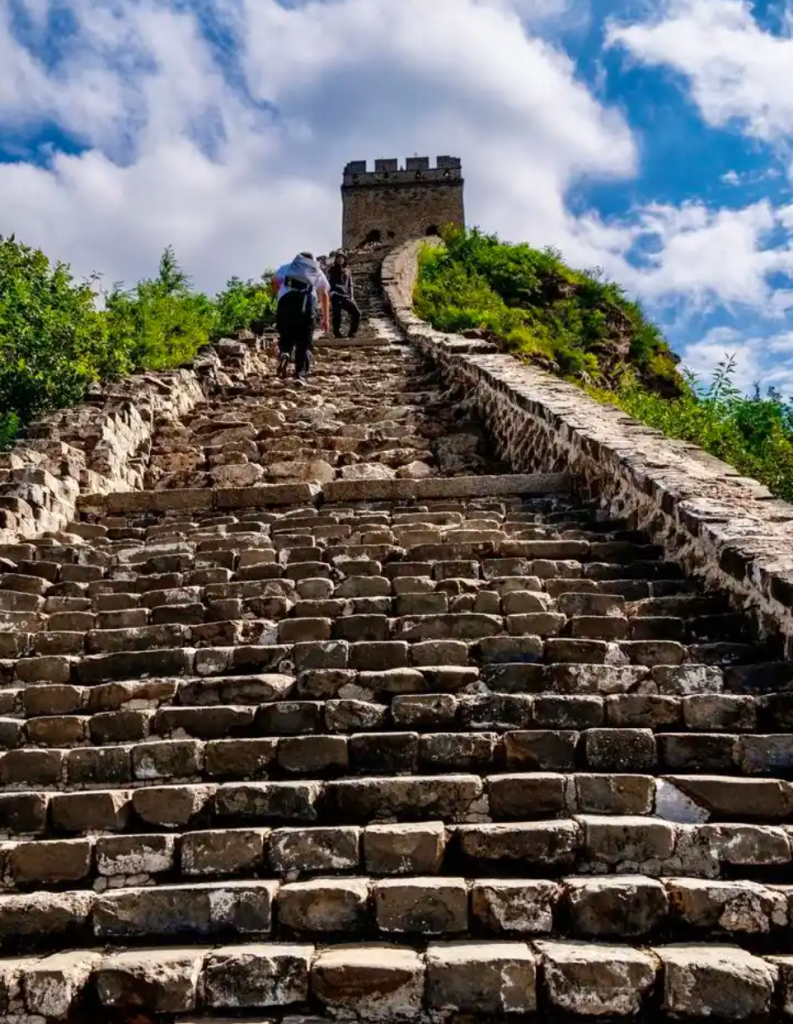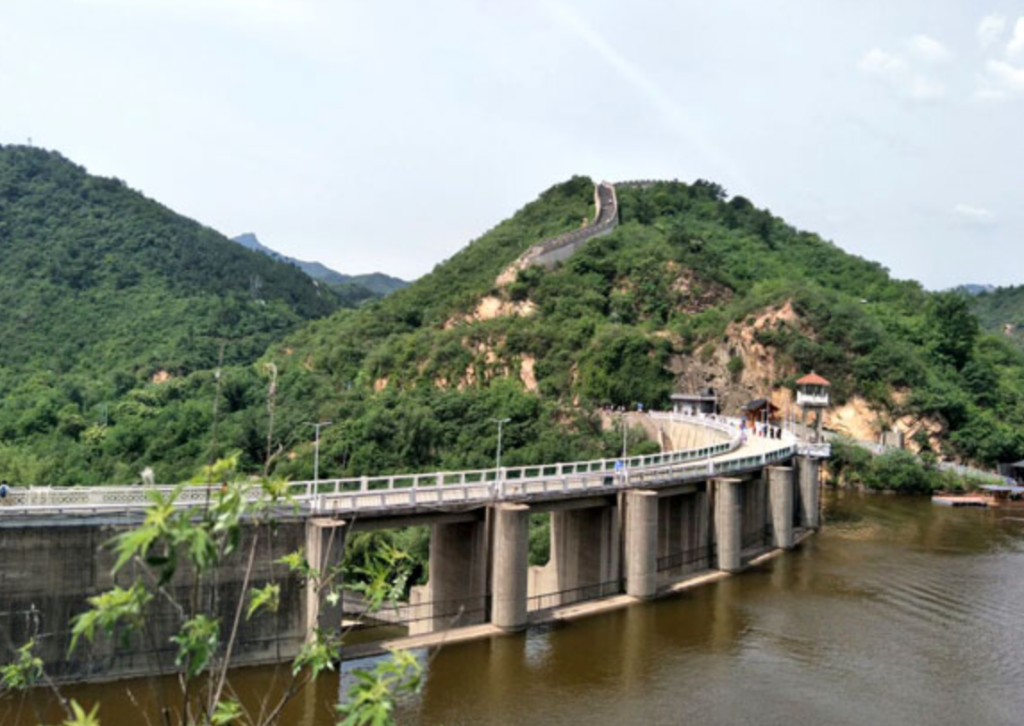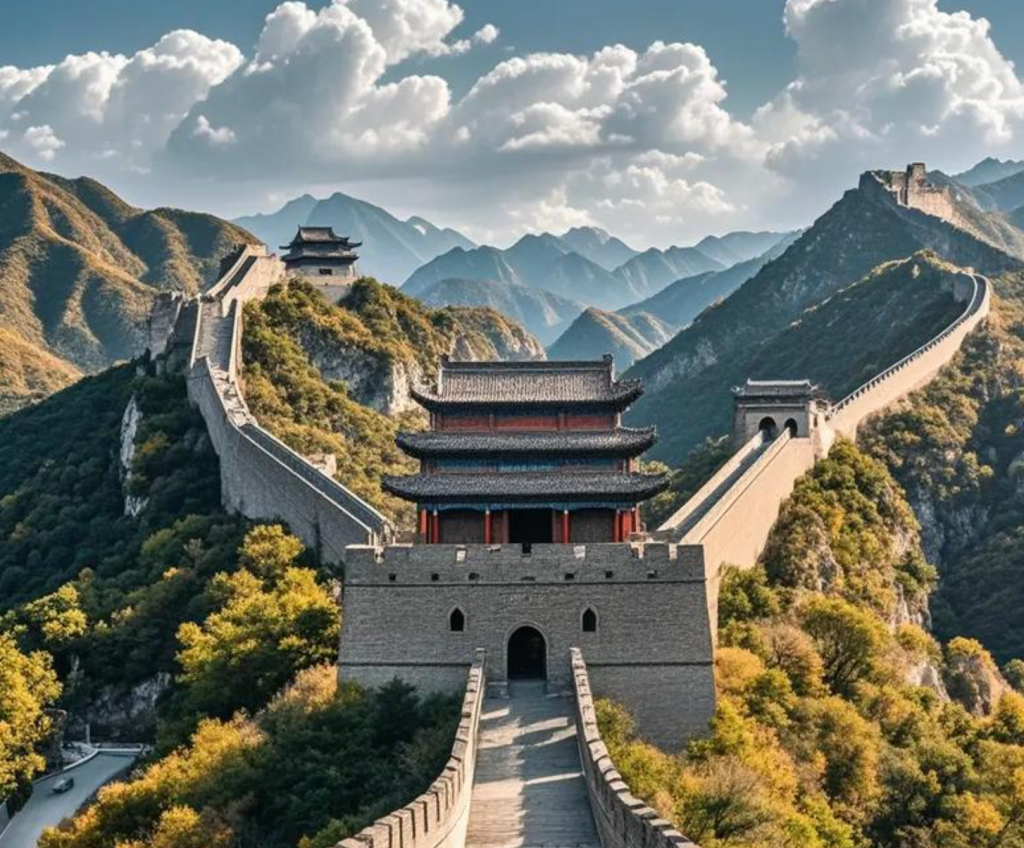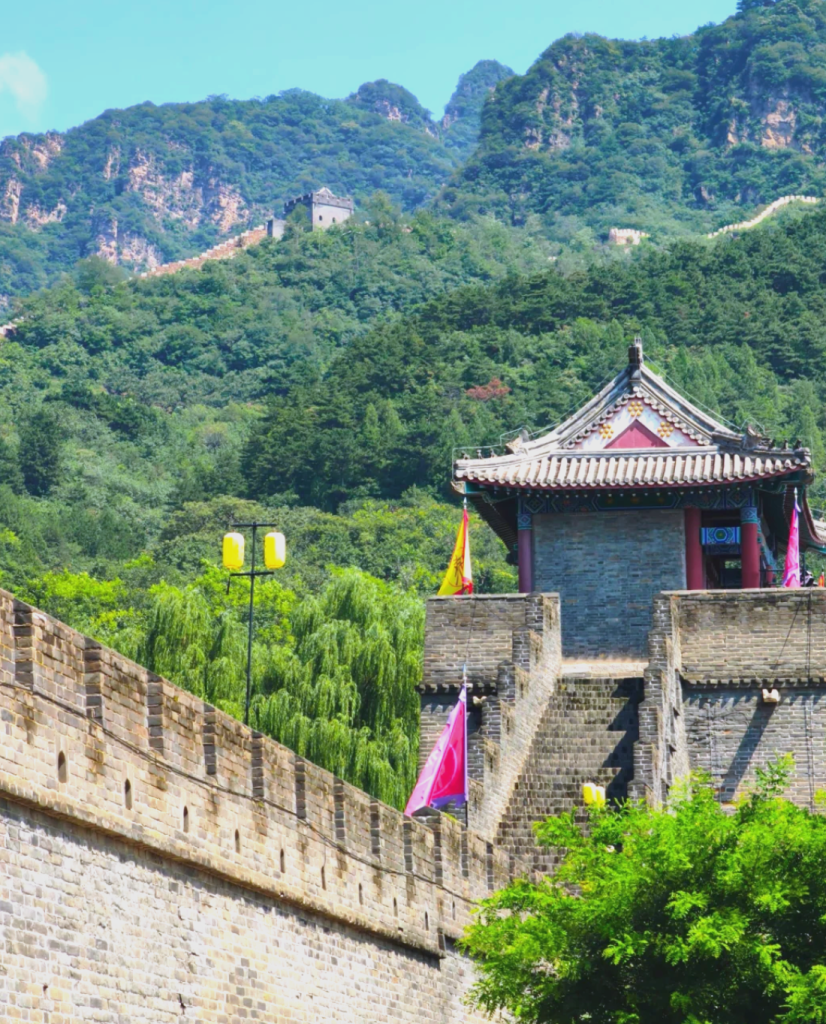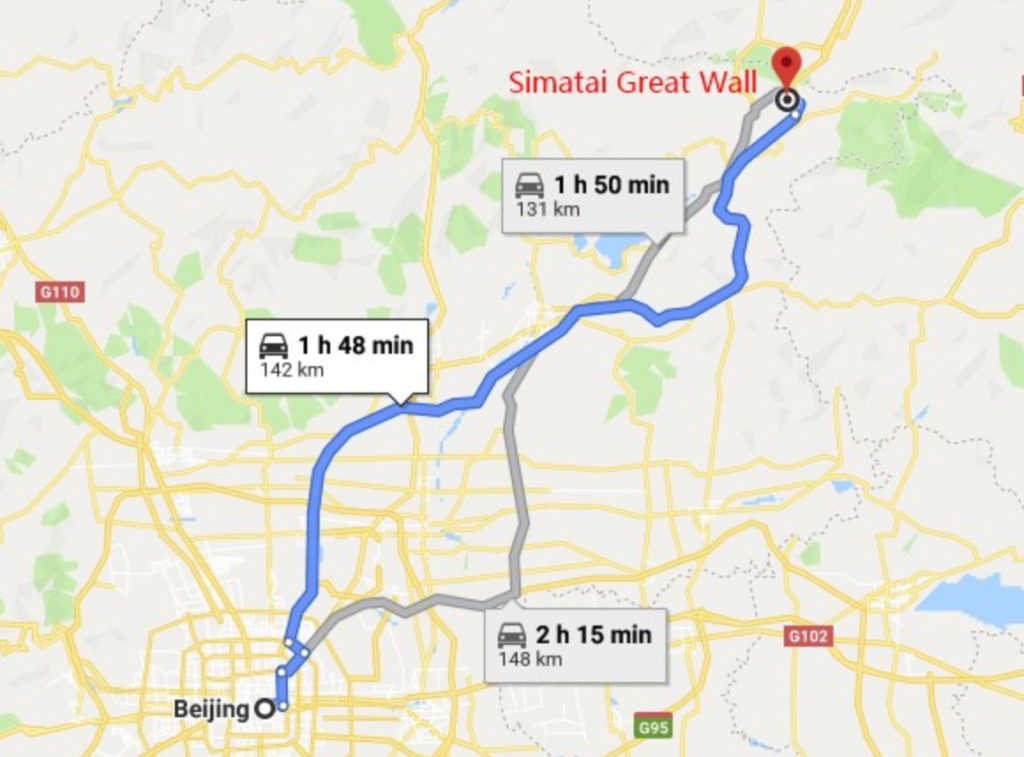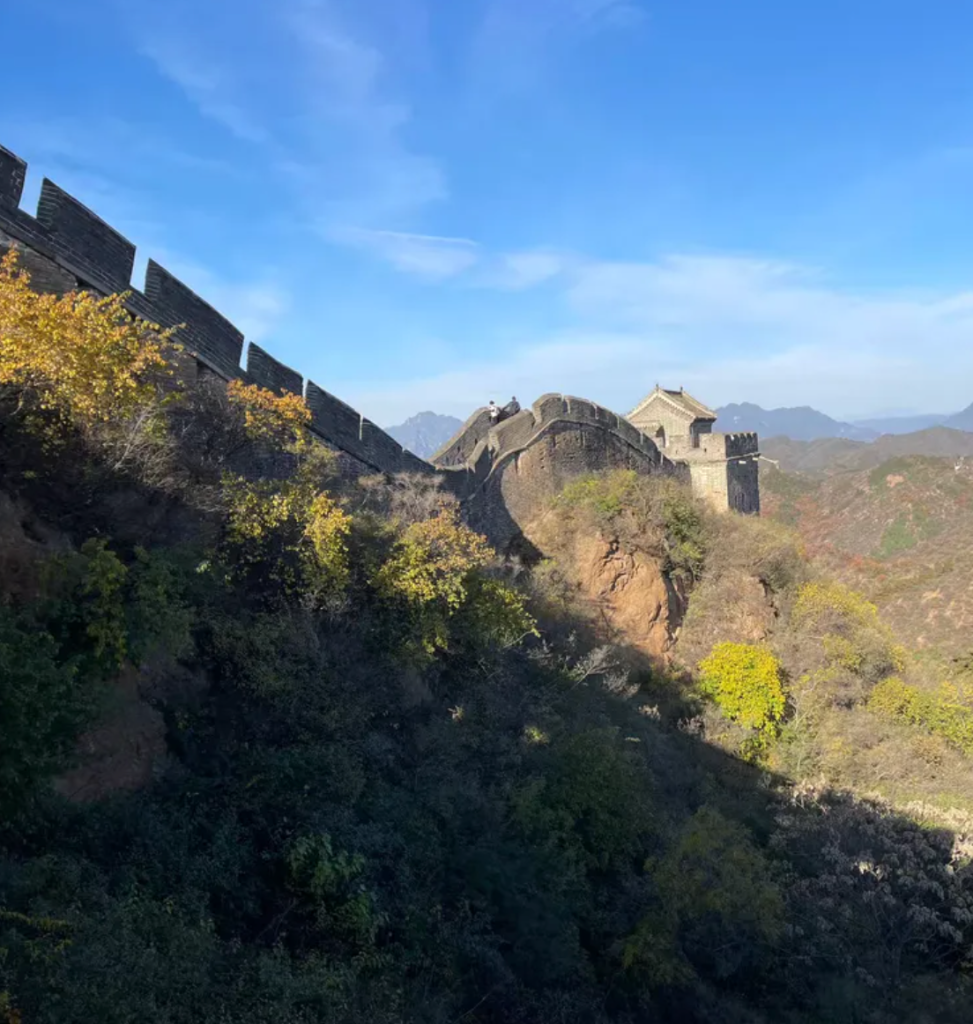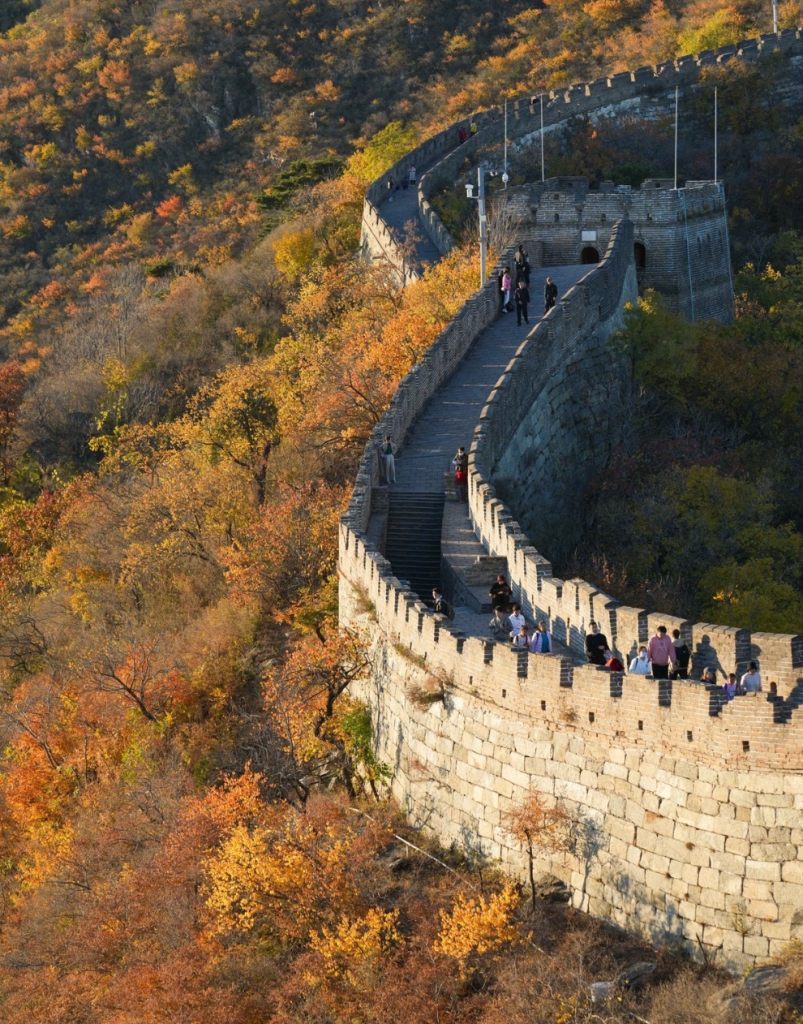The Warring States Period (476 BCE – 221 BCE) was a turbulent era in ancient China, marked by endless conflicts between seven major states—Qin, Zhao, Yan, Qi, Chu, Wei, and Han. As battles for territory and supremacy intensified, and threats from northern nomadic tribes (such as the Xiongnu and Donghu) grew, each state began to build or expand defensive walls. Unlike the scattered, short fortifications of the earlier Spring and Autumn Period, the Great Wall of the Warring States Period was more systematic, longer, and focused on both internal state defense and external tribal resistance. These walls laid a critical foundation for the unified Great Wall constructed by the Qin Dynasty later, and their ruins still tell stories of ancient China’s military wisdom.
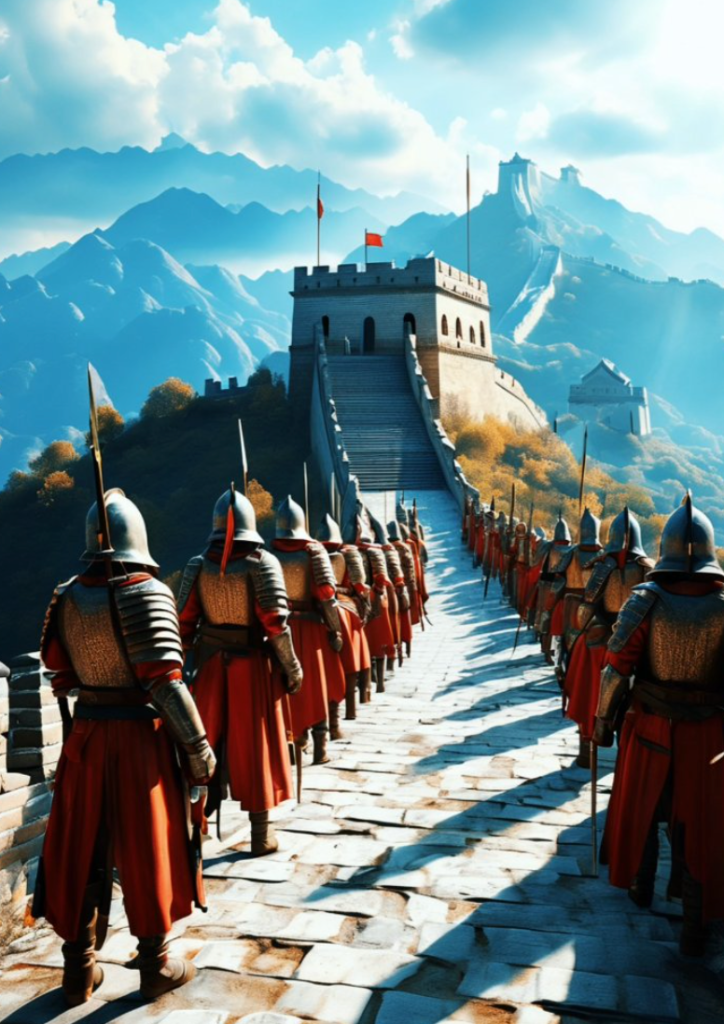
Historical Context: Why the Warring States Built Great Walls
After the decline of the Eastern Zhou Dynasty, the seven major states became independent political and military powers. Unlike the Spring and Autumn Period, when conflicts were often small-scale, the Warring States Period saw large-scale, long-lasting wars—with armies numbering in the hundreds of thousands. For example, the Battle of Changping (260 BCE) between Qin and Zhao resulted in over 400,000 casualties. To protect their farmlands, cities, and people from enemy invasions, states needed more effective defenses than temporary forts.
At the same time, northern states like Qin, Zhao, and Yan faced a dual threat: attacks from southern rival states and raids from nomadic tribes in the Mongolian grasslands. These tribes, skilled in horseback riding and archery, would sweep into agricultural areas, steal crops and livestock, and destroy villages. Traditional military camps could not stop these fast-moving raids, so building continuous walls along the northern borders became a practical solution.
Thus, the Great Wall of the Warring States Period had two core purposes: defending against rival states (for southern states like Chu and Qi) and resisting nomadic tribes (for northern states like Qin, Zhao, and Yan). Each state’s wall was tailored to its unique geographical location and security needs.
Key Great Walls of Major Warring States
1. The Qin State’s Great Wall
The Qin State, located in western China (modern-day Shaanxi and Gansu Provinces), faced threats from two directions: the powerful Chu State to the east and the nomadic Rong and Di tribes to the north. Its Great Wall was built in two sections:
- Northern Wall: Constructed to block nomadic raids, this wall stretched from present-day Tianshui (Gansu Province) eastward to Dingbian (Shaanxi Province), following the northern foothills of the Qinling Mountains. It used rammed earth as the main material—workers mixed soil, sand, and straw, then pressed it into wooden frames to form solid layers. Some sections also used local stones to reinforce the base, making it more resistant to erosion.
- Eastern Wall: Built to defend against the Wei and Han States, this shorter wall ran along the banks of the Yellow River, using the river as a natural barrier to complement the man-made fortifications.
Today, ruins of the Qin State’s Northern Wall can be found in Ningxia Hui Autonomous Region and northern Shaanxi. These ruins, though overgrown with grass, still show the thick, compacted rammed earth structure that made the wall durable.
2. The Zhao State’s Great Wall
The Zhao State, in northern China (modern-day Shanxi and Hebei Provinces), was one of the most powerful states in the Warring States Period. It faced severe threats from the Xiongnu—a fierce nomadic tribe that dominated the northern grasslands. To protect its northern borders, King Wuling of Zhao (r. 325 BCE – 299 BCE) launched a military reform (known as “Hu 服骑射,” or “wearing Hu clothes and practicing horse archery”) and built a large-scale Great Wall:
- Location: The wall started from Dai (present-day Zhangjiakou, Hebei Province) in the east, passed through Datong (Shanxi Province), and ended in Baotou (Inner Mongolia Autonomous Region) in the west, covering over 1,000 kilometers.
- Features: Unlike earlier walls, the Zhao State’s Great Wall was built on high mountain ridges, taking advantage of the terrain to maximize defensive power. Soldiers stationed on the wall could easily spot approaching Xiongnu cavalry from miles away. The wall also had more beacon towers—every 3 to 5 kilometers, a tower was built to send fire signals (day) or drum signals (night) to warn of invasions.
- Purpose: This wall not only stopped Xiongnu raids but also allowed the Zhao State to expand its territory northward, controlling important trade routes between agricultural and nomadic regions.
Ruins of the Zhao State’s Great Wall in Inner Mongolia are well-preserved. In some areas, the wall stands 3 to 4 meters high, with clear traces of rammed earth layers and beacon tower foundations.
3. The Yan State’s Great Wall
The Yan State, in northeastern China (modern-day Beijing, Tianjin, and Liaoning Province), faced threats from the Donghu nomads to the north and the Qi State to the south. It built two separate Great Walls:
- Northern Wall (Yishui Wall): Built to resist the Donghu, this wall stretched from present-day Miyun (Beijing) northeastward to Chaoyang (Liaoning Province), following the mountains along the border of agricultural and nomadic lands. It used a mix of rammed earth and local stones, and some sections were built along river valleys to block the Donghu’s access to water sources.
- Southern Wall: Constructed to defend against the Qi State, this wall ran along the Yishui River (in present-day Hebei Province), using the river as a natural moat. The wall itself was shorter but thicker, with more watchtowers to monitor Qi’s military movements.
The Yan State’s Northern Wall is closely related to modern Beijing’s Great Wall. For example, the Simatai section of the Ming Great Wall (a popular tourist spot today) was built on the foundation of the Yan State’s ancient wall—showing the continuity of Great Wall construction over millennia.
4. The Qi State’s Expanded Great Wall
The Qi State, in eastern China (modern-day Shandong Province), was a powerful agricultural state with few nomadic threats. Its Great Wall, first built in the Spring and Autumn Period, was expanded during the Warring States Period to defend against the Chu and Zhao States to the south:
- Expansion: The original Qi Great Wall (500 kilometers) was extended westward to connect with the Taihang Mountains, making the total length over 1,000 kilometers. It ran from the coast of the Bohai Sea (east) to present-day Heze (Shandong Province, west), forming a “barrier” across the southern border of Qi.
- Unique Features: The Qi Great Wall was famous for its use of local stone. In mountainous areas, builders carved large stones from nearby quarries to build the wall’s core, making it more solid than rammed-earth walls. In flat areas, it used rammed earth mixed with seashells (from the nearby coast), which added strength and resistance to moisture.
Today, the Qi Great Wall is one of the best-preserved Warring States Great Walls. The section in Mengshan Mountain (Shandong Province) has been turned into a cultural heritage site, where visitors can walk along the ancient stone walls and see the remains of watchtowers and soldier barracks.
5. The Chu State’s Western Wall
The Chu State, in southern China (modern-day Hubei, Hunan, and Henan Provinces), was the largest state in the Warring States Period. It faced threats from the Qin State to the west, so it expanded its earlier Spring and Autumn Period walls into a longer Western Wall:
- Location: The wall ran from present-day Nanyang (Henan Province) southwestward to Jingmen (Hubei Province), following the western foothills of the Dabie Mountains.
- Purpose: This wall was designed to block Qin’s eastward expansion. It had wide paths on top, allowing soldiers to move quickly to defend against Qin’s infantry and cavalry. The wall also had small gates along the way, which could be closed to stop enemy troops but opened to allow Chu’s own soldiers and merchants to pass.
Legacy of the Warring States Great Wall
The Great Wall of the Warring States Period was not a single, unified structure—each state built its own wall for its own needs. However, these walls had a profound impact on Chinese history:
- Foundation for the Qin Great Wall: When Qin Shi Huang unified China in 221 BCE, he ordered the connection of the northern walls of Qin, Zhao, and Yan into a single “Great Wall” to defend against the Xiongnu. Without the Warring States’ earlier wall-building experience and existing structures, this massive project would have been impossible.
- Military Innovation: The Warring States Great Wall introduced new defensive concepts, such as using terrain to enhance defense, building beacon towers for communication, and mixing materials (rammed earth, stone, seashells) for durability. These innovations were used in all later Great Wall constructions, including the famous Ming Great Wall.
- Symbol of State Identity: For each state, the Great Wall was not just a military tool but also a symbol of its power and sovereignty. It marked the boundary between “our land” and “enemy land,” shaping the early concept of borders in ancient China.
- Cultural Heritage: Today, the ruins of the Warring States Great Wall are important cultural relics. They provide valuable evidence for studying ancient Chinese military strategy, architecture, and geography. Many sections have been listed as national key cultural heritage sites, attracting historians, archaeologists, and tourists from around the world.
Conclusion
The Warring States Period was a critical era in the history of China’s Great Wall. During this time of chaos and conflict, each state built walls to survive—defending against rivals and nomads alike. These walls, though scattered and independent, laid the groundwork for the unified Great Wall that would later become a symbol of China. They are a testament to the wisdom, hard work, and resilience of ancient Chinese people, who turned harsh terrain into a powerful defense. Today, as we walk along the ruins of these ancient walls, we can still feel the tension of the Warring States era and appreciate the lasting legacy of one of the world’s greatest architectural achievements.
